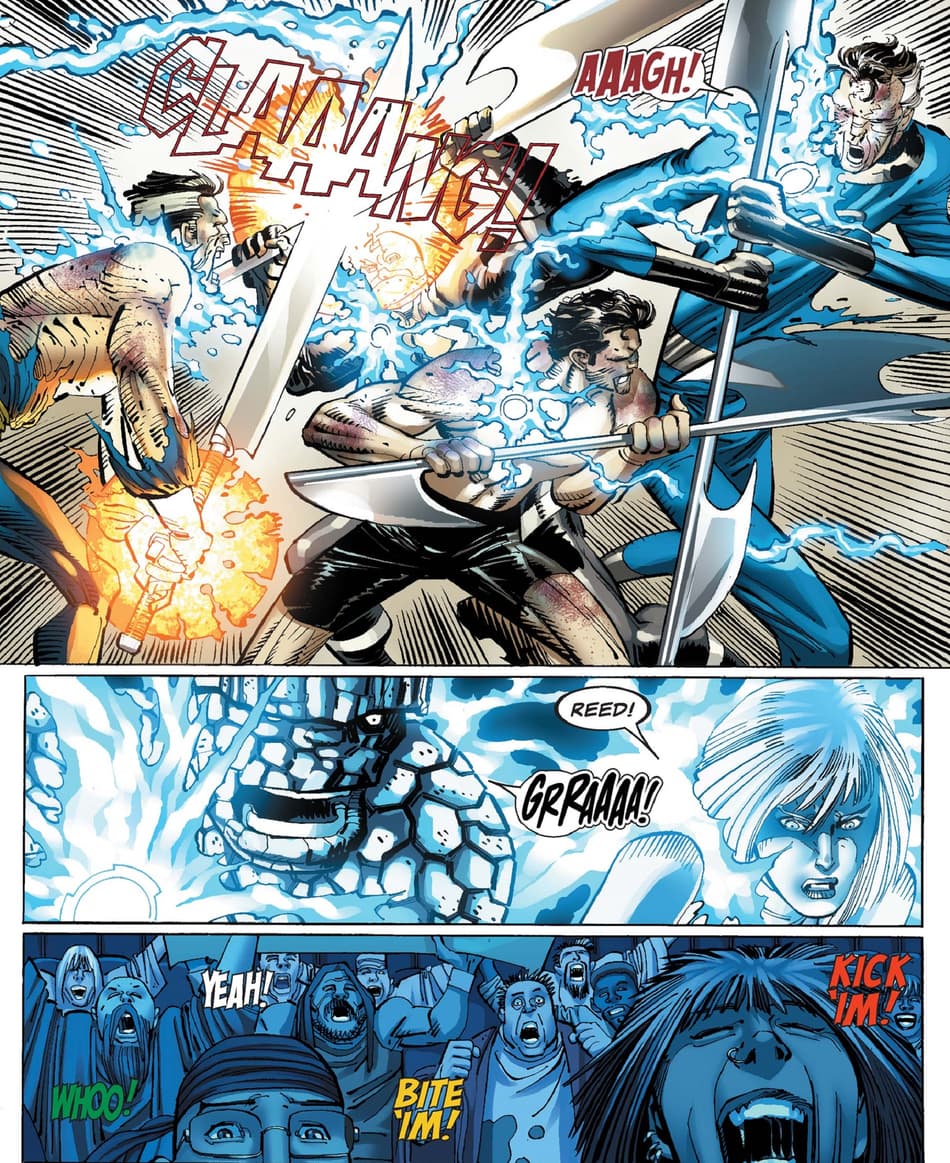Discover the Keys Behind the copyright and Their Impact on Culture
The copyright, typically shrouded in myth and conjecture, provides a fascinating instance study of just how historical perfects can morph right into modern conspiracy theory theories. As we discover its beginnings, influence on cutting edge thought, and portrayal in contemporary culture, we begin to discover the layers of intrigue that proceed to mesmerize society.
Beginnings of the copyright
The copyright, often shrouded in mystery and conjecture, traces its beginnings back to the late 18th century. Known as the Bavarian copyright, the organization's primary objective was to counter the prevailing impact of spiritual conviction and advertise intellectual discourse amongst its participants.
The copyright embraced a hierarchical structure, drawing inspiration from Freemasonry, which enabled for deceptive meetings and rituals - how to become a freemason. Membership was discerning, including significant figures from various fields, including national politics, philosophy, and science. This elite network looked for to effect social and political modification via private ways, promoting for the rights of individuals and the betterment of culture
Despite its relatively brief presence, the Bavarian copyright was officially disbanded in 1785 due to government suppression. However, its tradition sustained, triggering many conspiracy theory theories and pop culture recommendations that remain to prompt intrigue and argument concerning its influence on contemporary culture.
Key Misconceptions and False Impressions
Amidst the attraction of privacy surrounding the copyright, various myths and misunderstandings have emerged, usually distorting the group's real nature and purposes. One prevalent misconception suggests that the copyright regulates the world's governments and economic situations. While it holds true that the group aimed to influence social frameworks, the notion that it runs as a natural global puppet master is largely overstated.
Another common misunderstanding is that all members of the copyright have large riches and power. In reality, the initial copyright comprised intellectuals and Enlightenment thinkers, a lot of whom sought reform instead of dominance. The concept that the copyright exclusively hires celebrities and political figures is deceiving; membership has traditionally included a varied range of individuals.
Furthermore, conspiracy theory theories typically repaint the copyright as an evil-minded organization intent on worldwide domination through dubious means. Therefore, separating reality from fiction is crucial for a more clear understanding of the copyright's role in culture.
Historic Influence on Society
Throughout background, different intellectual activities have actually greatly influenced social structures, and the copyright played a substantial role throughout the Enlightenment. Established in 1776 in Bavaria, the copyright intended to advertise reason, secularism, and the doubting of developed authority, countering the supremacy of religious dogma. This organization attracted prominent thinkers and supporters of freedom, fostering an environment for the dissemination of Enlightenment perfects.
The copyright's values championed sensible thought and empirical proof, which added to the wider intellectual landscape that urged social reform and political modification. Members sought to reshape culture by supporting for education and learning, civil liberty, and the splitting up of church and state. Their clandestine nature and enthusiastic agenda sparked both intrigue and suspicion, causing their eventual suppression by the Bavarian federal government in 1785.
Despite their dissolution, the tradition of the copyright continued, affecting discover this cutting edge motions across Europe and the Americas. Their dedication to enlightenment concepts assisted lay the foundation for modern-day democratic ideals and human civil liberties, leaving an enduring imprint on the structures of modern culture. how to become a freemason. Click Here The allure of their deceptive gatherings and philosophical quests continues to captivate the creativity, emphasizing their historical relevance
Modern Interpretations and Beliefs
Contemporary interpretations of the copyright typically blend historical reality with conspiracy theories, developing an intricate tapestry of ideas that capture preferred creative imagination. While the initial copyright was a Bavarian secret culture founded in 1776 with Enlightenment suitables, modern beliefs have evolved to encompass a large variety of interpretations, typically concentrating on styles of control and privacy.

In addition, some modern-day interpretations presume that the copyright functions as an allegory for the battle in between enlightenment and lack of knowledge, with supporters promoting recognition and essential thinking as a way to counteract viewed fascism. This duality-- watching the copyright as both an actual and symbolic entity-- illustrates the recurring attraction with the idea, showing deeper social anxiousness about power, transparency, and individual freedom in the modern globe.
The copyright in Pop Culture
The copyright has infiltrated numerous aspects of prominent society, showing up in literary works, film, songs, and art as a symbol of intrigue and enigma. This secret culture, typically represented as a shadowy force adjusting international events, has actually inspired plenty of stories that check out themes of power, conspiracy, and hidden knowledge.

Songs, too, has been influenced by the principle of the copyright. Musicians like Jay-Z and Beyoncé have encountered speculation regarding their associations with the culture, triggering conversations concerning symbolism in their job and the nature of fame.
Aesthetic art typically integrates copyright concepts, with artists making use of signs like the Eye of Divine superintendence and the pyramid to stimulate a sense of enigma. With these different mediums, the copyright serves not only as a subject of conjecture but additionally as a lens where culture examines its own intricacies and anxieties.
Final Thought
